Tech Enthusiast Weekly(2024-08-02) : Instant Math Problem Solver with GPT-4 Vision
Instant Math Problem Solver with GPT-4 Vision
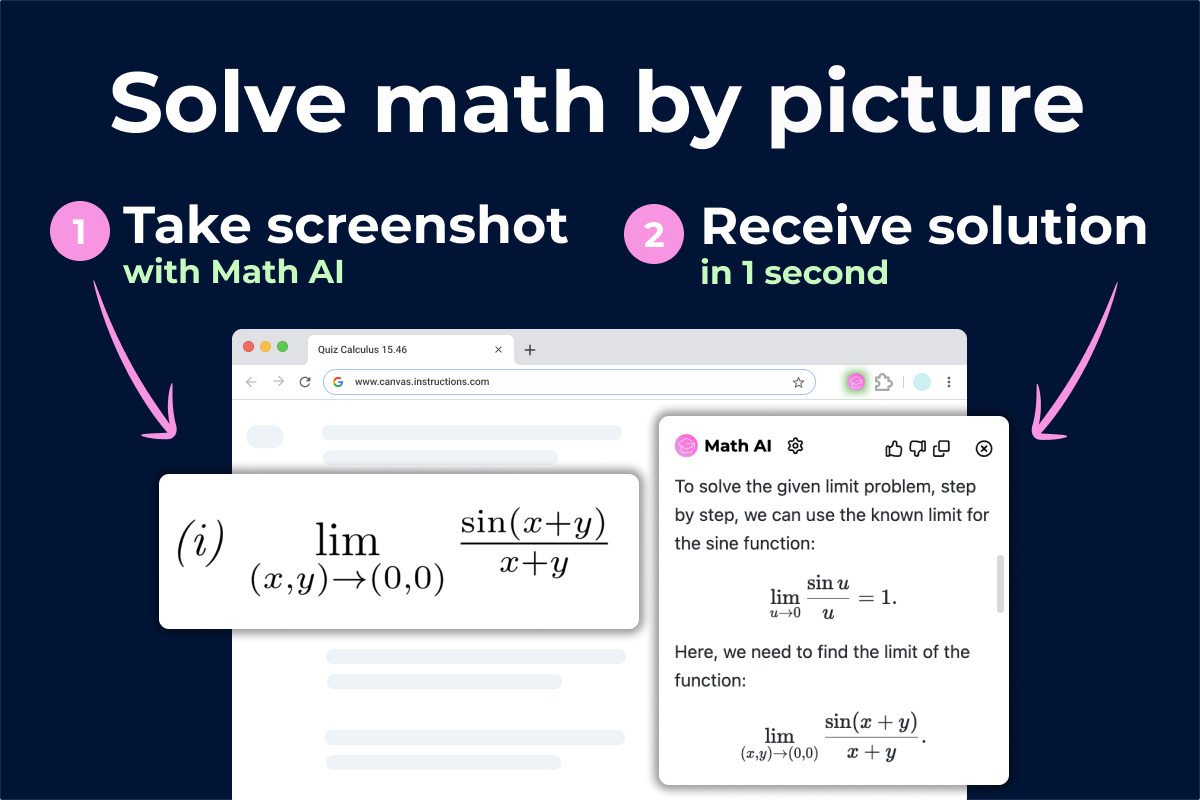
Math-AI simplifies math problems. Capture a problem with your phone, and GPT-4 Vision AI provides detailed solutions. This tool combines visual recognition and computational power, making math easier.
AI model: A computer program designed to simulate human intelligence. Visual recognition: The ability of AI to interpret and understand visual information.
ScoresTech News
David Liu's team has upgraded gene editing technology, significantly improving efficiency.

The team led by Liu Ruqian has recently upgraded their gene editing system, named eePASSIGE. This technology can precisely insert large gene fragments into designated positions of the DNA in mammalian cells, significantly improving both efficiency and accuracy.
Traditional gene editing requires modifying each mutation individually, whereas eePASSIGE does not. It achieves a leap in gene insertion efficiency by improving the DNA serine recombinase Bxb1. This means that in the future, a single gene editing therapy might be able to treat diseases caused by multiple gene mutations.
This technology is not only expected to enhance ex vivo therapies such as CAR-T immune cell therapy but can also be applied to synthetic biology, optimizing the production of medicinal proteins, and even improving crop traits and productivity.
Dr. Gao Xin is one of the main contributors to this research. He used AI technology to predict the structure of Bxb1, optimized experimental conditions, and improved editing efficiency. His next goal is to develop new delivery methods to address the challenges of delivering large molecular editors.
The research by Liu Ruqian's team not only breaks through technical barriers but also brings new hope for the treatment of genetic diseases.
Google Enhances Chrome with Gemini-Powered Features

Google is rolling out new Chrome features powered by Gemini. Desktop Lens allows you to click on web items, ask questions, and receive AI-driven answers. You can find similar products, learn about plants, or solve math problems.
"Tab Compare" assists in shopping by summarizing similar items across tabs. History search now utilizes natural language, such as asking for a previously viewed ice cream shop.
These updates aim to make browsing smarter, leveraging AI without compromising privacy.
New Technology Aims to Objectively Measure Pain
Researchers are developing a new technology to measure pain objectively. This method aims to provide a clear, quantifiable way to assess pain levels, which has been historically subjective and challenging to standardize.
The significance of this advancement cannot be overstated. Pain measurement has long relied on self-reporting, which is inherently flawed due to individual variability in pain perception and expression. An objective tool would revolutionize medical diagnostics and treatment, particularly in chronic pain management and clinical trials.
This technology promises to bring a new level of precision to pain assessment, potentially improving patient care and outcomes. It could also streamline research, making it easier to compare results across studies and populations.
In essence, this breakthrough could transform how we understand and treat pain, moving from a subjective experience to an objective, measurable condition.
Tesla plans to start production of a low-cost electric vehicle in 2025, with a capacity close to three million units.

Tesla plans to start production of a low-cost electric vehicle in 2025, aiming for a capacity close to three million units. This move expands its product line and boosts annual output by over 50%. The new vehicle combines cutting-edge technology with mature features to enhance production efficiency. Tesla will also advance its Robotaxi project, adopting an "Unboxed" manufacturing strategy to accelerate development in the autonomous taxi sector. The increase in capacity strengthens market competitiveness and meets the demands of more consumers.
Successful Implantation of Magnetic Levitation Heart Pump
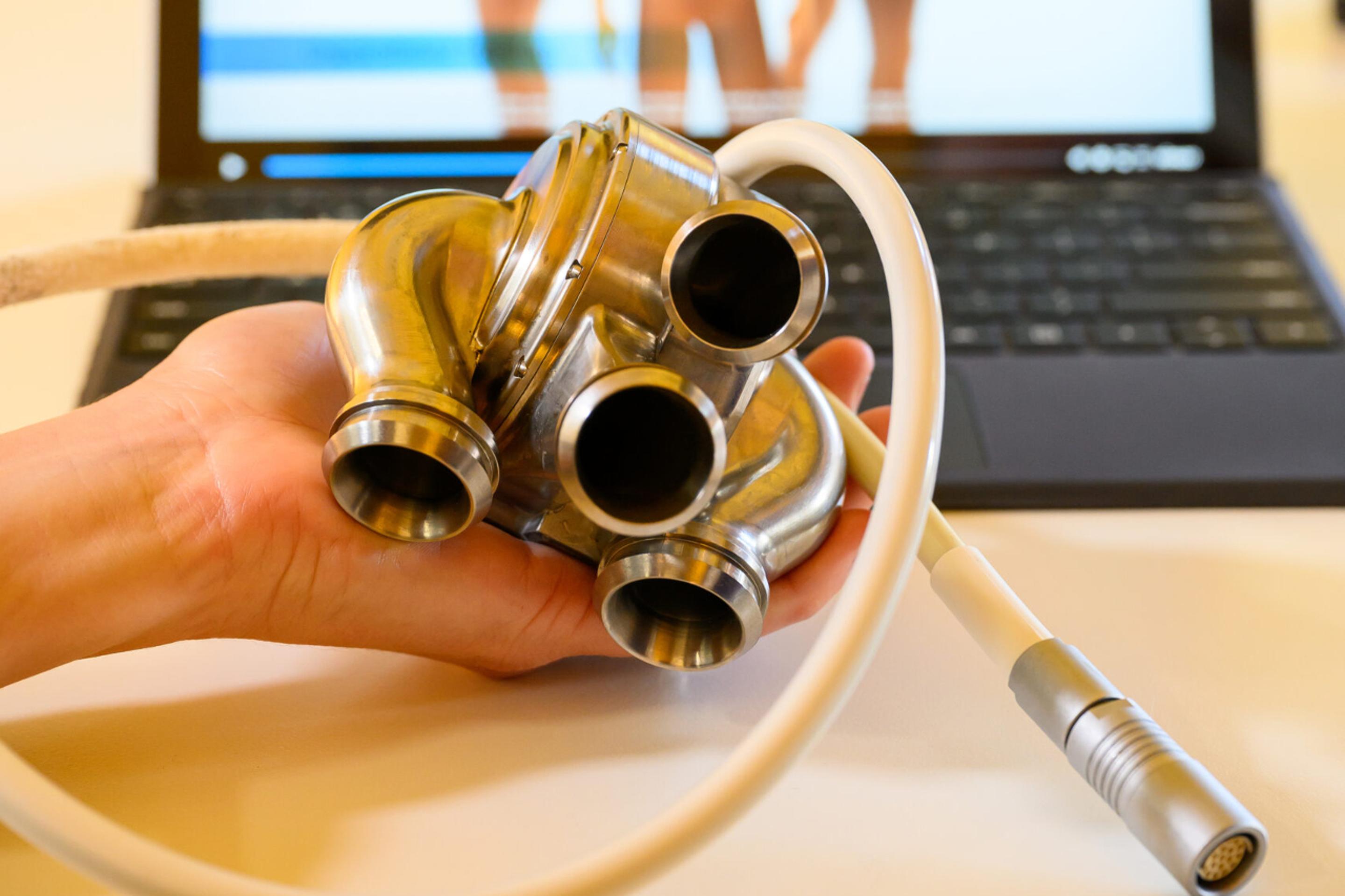
BiVACOR, in partnership with Texas Heart Institute, successfully implanted their Total Artificial Heart (TAH) on July 9, 2024. This TAH, a titanium dual-chamber pump, uses magnetic levitation to mimic heart function. Aimed at severe heart failure patients unsuitable for other devices, this technology bridges the gap to transplant.
Heart failure affects millions worldwide. Transplants are rare, limited to under 6000 annually. BiVACOR's TAH offers a new lifeline, potentially aiding tens of thousands awaiting heart transplants. This innovation marks a significant stride in cardiac care.
New Visible Light Method Fully Decomposes Harmful PFAS Chemicals
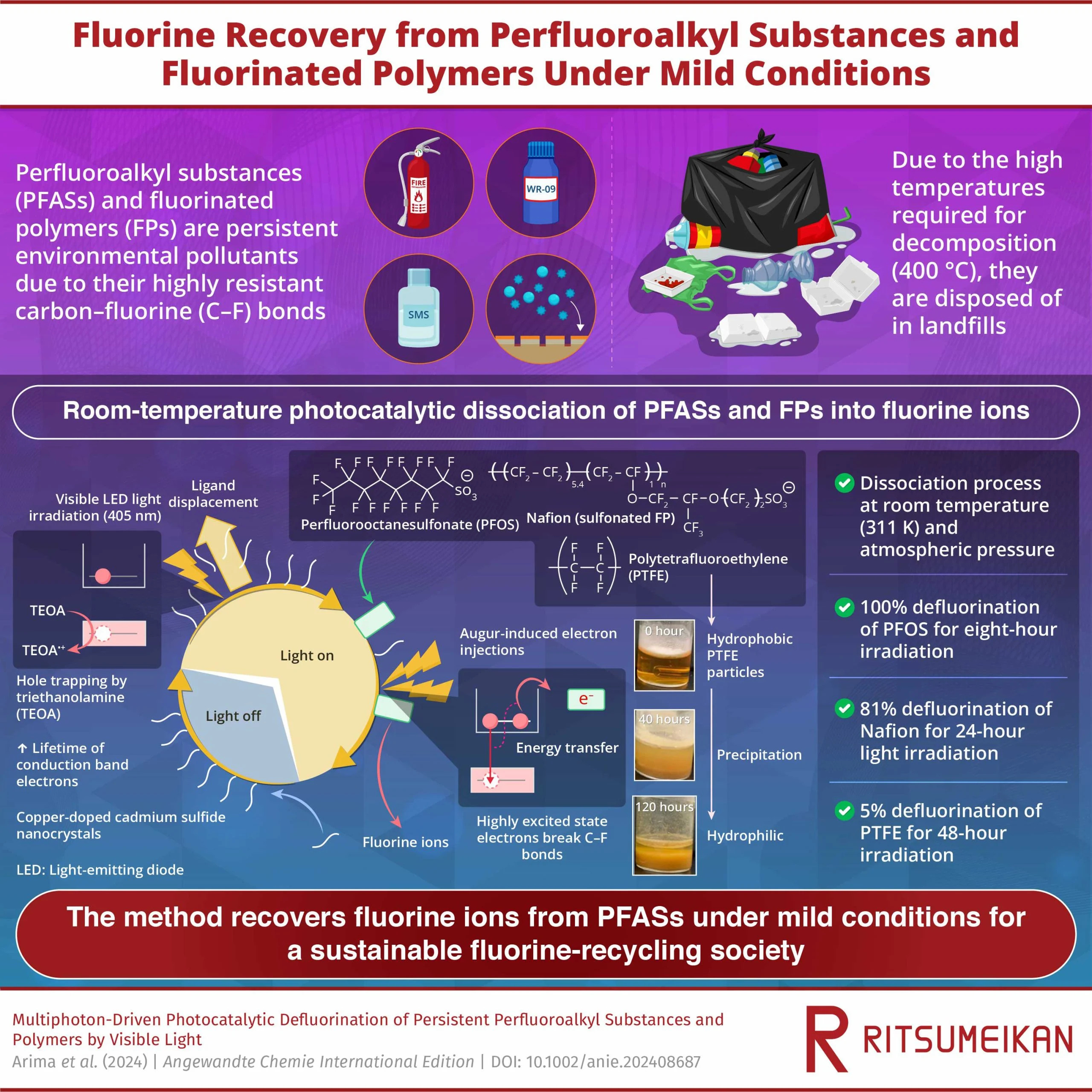
Researchers from Ritsumeikan University have developed a new method that utilizes visible light to completely decompose perfluorooctanesulfonic acid (PFAS) at room temperature, a harmful chemical substance commonly referred to as the "forever chemical." This method decomposes PFAS into fluoride ions within eight hours, enabling sustainable recovery of fluorine.
PFAS, due to its stability, is widely used in products such as cookware, clothing, and firefighting foams. However, this stability makes it difficult to decompose in the environment, posing threats to health and the environment. Traditionally, PFAS requires temperatures above 400°C to decompose, making its treatment challenging.
The new method employs visible LED light to irradiate semiconductor nanocrystals, efficiently decomposing PFAS into fluoride ions through mechanisms involving photoinduced ligand displacement and Auger-induced electron injection. This method operates at room temperature, is easy to manage, and the defluorination efficiency increases with extended illumination time, achieving 100% defluorination within eight hours.
This technology not only revolutionizes the treatment of PFAS but also promotes the recovery of fluorine, reducing reliance on new fluorine production, and making a significant contribution to establishing a sustainable fluorine recovery society.
New 3D Material Design Method Promises Advanced Applications
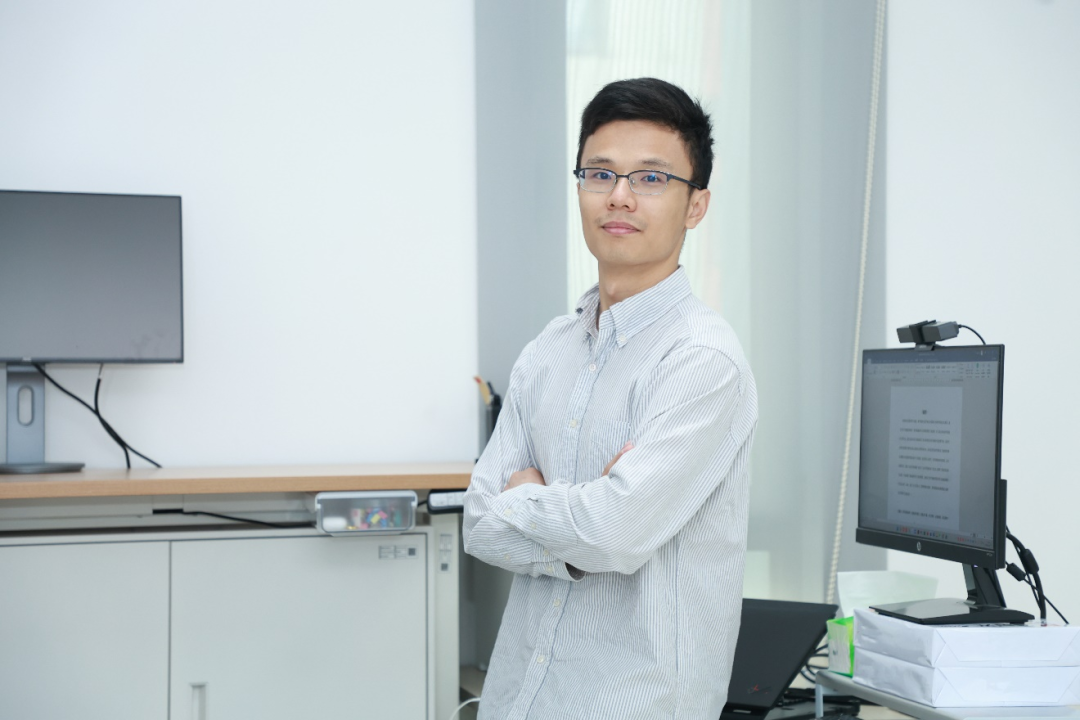
Scientists have solved a longstanding issue in material design: the absence of a mathematical foundation for three-dimensional conformal methods. A team led by Professors Qiu Chengwei and Huang Jiping has developed a new technique called Conformality-Assisted Tracing (CAT). This method enables the precise and efficient design of complex 3D structures, surpassing previous geometric constraints.
CAT operates by utilizing steady-state heat flow to generate a 3D grid of lines and surfaces. This grid, which preserves angles and scale, can be employed to design materials that manage heat, light, and other physical properties. The method is forward-looking, designing materials based on desired outcomes rather than modifying existing ones.
The potential applications are extensive. CAT could transform the design of metamaterials, providing innovative solutions in fields such as stealth technology and industrial applications. The team is now exploring the expansion of CAT's applications to fluid dynamics and elasticity, with the aim of addressing challenges like chip cooling and aircraft insulation.
This breakthrough, published in Nature Computational Science, represents a significant advancement in the field of material science, promising more efficient and versatile material designs.
OpenAI Launches SearchGPT, Revolutionizing AI Search

SearchGPT, OpenAI's new AI search tool, promises faster responses and richer content than competitors. It delivers results in under 4 seconds, uses conversational formats, and includes multimedia elements like images and videos. This launch pressures both established giants like Google and emerging startups in the AI search space.
OpenAI emphasizes partnerships with publishers to avoid copyright issues and enhance content quality. This strategy aims to build a robust ecosystem, crucial for maintaining search relevance and credibility.
The entry of OpenAI, with its vast user base and advanced models, significantly narrows opportunities for AI search startups. These smaller firms face intense competition and high operational costs, particularly in building extensive index databases.
Despite challenges, AI search startups are focusing on niche markets like e-commerce and enterprise solutions, hoping to carve out sustainable roles in a rapidly evolving industry.
Global Semiconductor Sales Surge to $1 Trillion Driven by AI and Automotive Tech
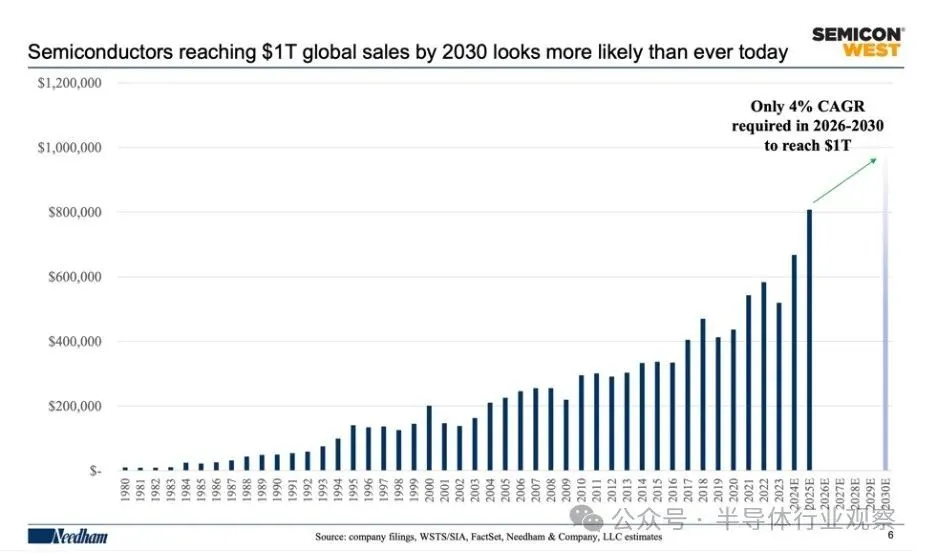
Semiconductor sales are projected to reach $1 trillion by 2030, according to analysts. This growth is fueled by surging demand in AI, automotive technology, and smart environments. The industry's expansion necessitates more than 100,000 tech workers, leading to a potential labor shortage.
AI may become the industry's savior, with fully autonomous wafer factories on the horizon. These facilities, driven by generative AI, promise high efficiency with minimal human involvement.
Global competition intensifies as countries invest billions in domestic chip production. The U.S., despite a $520 billion investment, could fall behind, holding only a 10% market share.
NVIDIA distinguishes itself, with its market capitalization exceeding $3 trillion. The AI chip leader holds a 10% share of global semiconductor revenue, surpassing industry giants like Intel and Samsung. NVIDIA's success stems from its ability to purchase chips at a fraction of their market price, a strategy that could further extend its advantage.
The outlook for semiconductors is promising, but it is a race against time and talent. The victors will be those who innovate the fastest and recruit the smartest.
Tsinghua University scholars develop new protein tracking technology.

Wei Qin, an assistant professor at the School of Pharmaceutical Sciences, Tsinghua University, has developed a novel proximity labeling technology called TransitID. This technology enables the tracking of the migration paths of thousands of proteins within living cells, revealing the dynamic transport of proteins both inside and outside the cell. Wei Qin's research findings have been published in the journal Cell, earning him the honor of being selected as one of the "Innovators Under 35" in China by the MIT Technology Review.
The TransitID technology utilizes proximity labeling enzymes to mark target proteins in their vicinity, thereby capturing their dynamic changes. Wei Qin has successfully analyzed the transport of proteins from the cytoplasm to mitochondria and the nucleus, as well as their dynamic changes under different stress conditions. Additionally, he has studied the protein transport between cancer cells and macrophages.
Wei Qin's research not only reveals biological principles but also provides new insights for the discovery of disease biomarkers and the development of drug targets. His next plan is to apply the technology in the field of tumor immunology, exploring the communication mechanisms between tumor cells and immune cells, and providing new ideas for novel tumor immunotherapies.
Proximity Labeling Technology: Utilizes specific enzymes to mark target proteins in their vicinity, thereby identifying and capturing molecules that interact with them.
Proteomics: Studies the collection of all proteins within a cell, including their structures, functions, and interactions.
AI-powered electron microscopy reveals battery failure mechanisms, aiding the development of new materials.
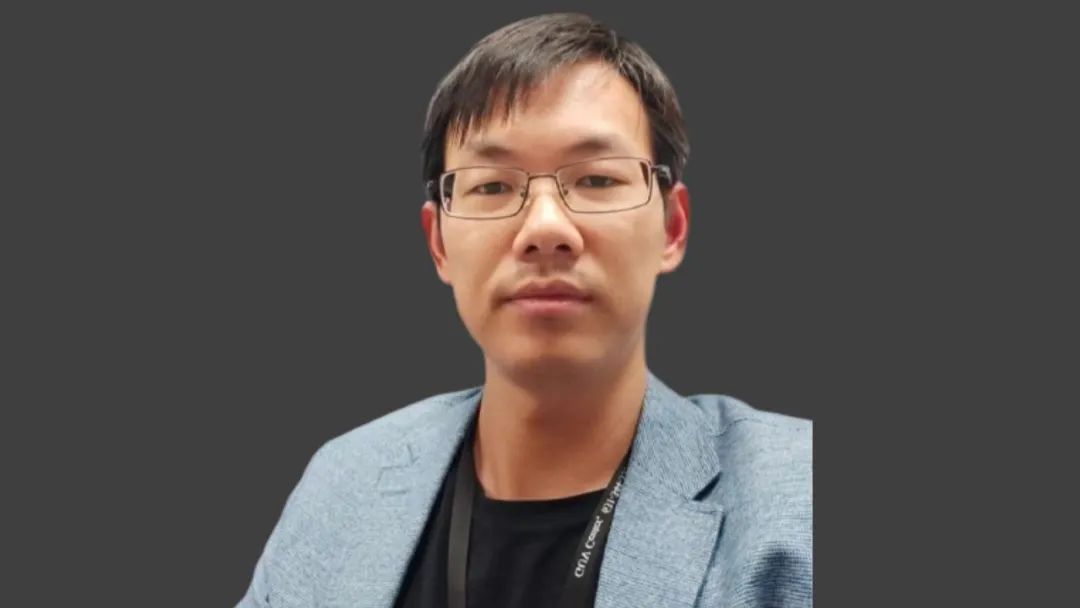
Researcher Wang Chunyang from the Institute of Metal Research at the Chinese Academy of Sciences has developed a super-resolution transmission electron microscopy imaging technique by integrating deep learning with atomic-resolution scanning transmission electron microscopy imaging. This technology has revealed the complex phase interface structures, phase transformation failure mechanisms, and mechanical instability mechanisms of layered oxide cathode materials in lithium-ion batteries. Wang Chunyang's research not only deepens the understanding of the failure mechanisms of layered oxides but also guides the development of next-generation battery cathode materials.
Layered oxides are key materials for lithium-ion batteries, but their phase transformation degradation and stress-induced failure issues limit battery performance. Wang Chunyang's research has revealed, at the atomic scale, the delithiation-induced lattice instability leading to the O3→O1 phase transformation in layered oxides, and found that this transformation is not entirely reversible. Additionally, he discovered a stress-induced phase transformation mechanism that challenges traditional understandings.
Based on these findings, Wang Chunyang designed new high-nickel cathode materials, which maintain a capacity retention rate of over 85% even after 1000 cycles, far exceeding existing materials. His research has shortened the development cycle of new materials and provided important theoretical support for enhancing the performance of electric vehicle batteries.
Wang Chunyang emphasizes that scientific research should not overly rely on equipment but should focus on the scientific issues themselves. His research achievements demonstrate this point, offering new perspectives and methods for the field of materials science.
NVIDIA's Blackwell Platform: A Milestone in AI Computing
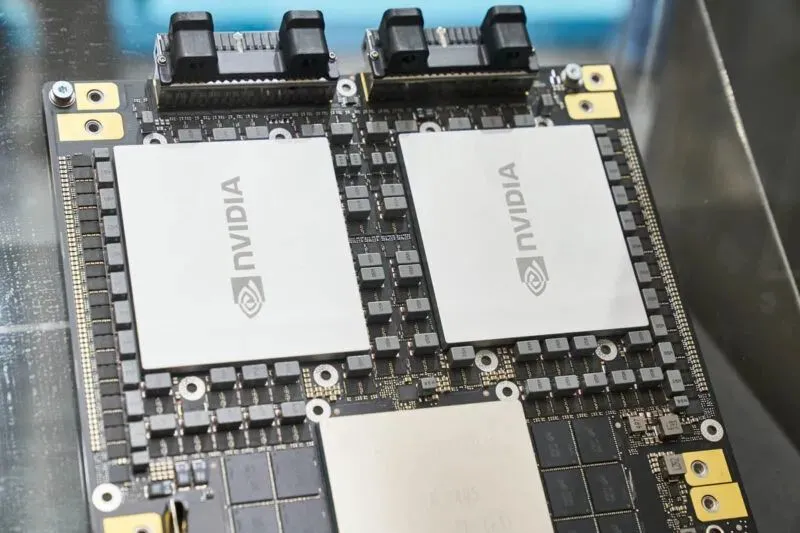
NVIDIA's Blackwell platform, a powerhouse for AI, comes with a hefty price tag. The GB200 NVL72 server rack system, a beast with 72 GPUs, costs $3 million. It's part of a $100 billion investment, involving 25,000 people.
The demand for these high-end AI servers remains strong, despite the cost. NVIDIA plans to ship 60,000 to 70,000 of these racks by 2025, aiming for $2100 billion in revenue. Each rack, packed with 2080 billion transistors, offers 20 petaflops of computing power.
Training complex AI models, like a 1.8 trillion parameter model, requires massive resources. 8000 Hopper GPUs or 2000 Blackwell GPUs are needed, with significant differences in power consumption.
The GB200 superchip, combining CPU and GPU, outperforms its predecessors by a factor of 30, while using less power. NVIDIA's increased orders with TSMC by 25% reflect the high demand.
Blackwell is set to become the standard for AI training and various applications, from robotics to healthcare. The Supermicro version of the GB200 NVL72 showcases a compact, efficient design, using liquid cooling to manage its substantial power needs.
In essence, NVIDIA's investment in Blackwell is a bold move in the AI race, promising high returns despite the initial costs.
NASA's Roman Telescope to Study Dark Matter via Andromeda's Star Streams
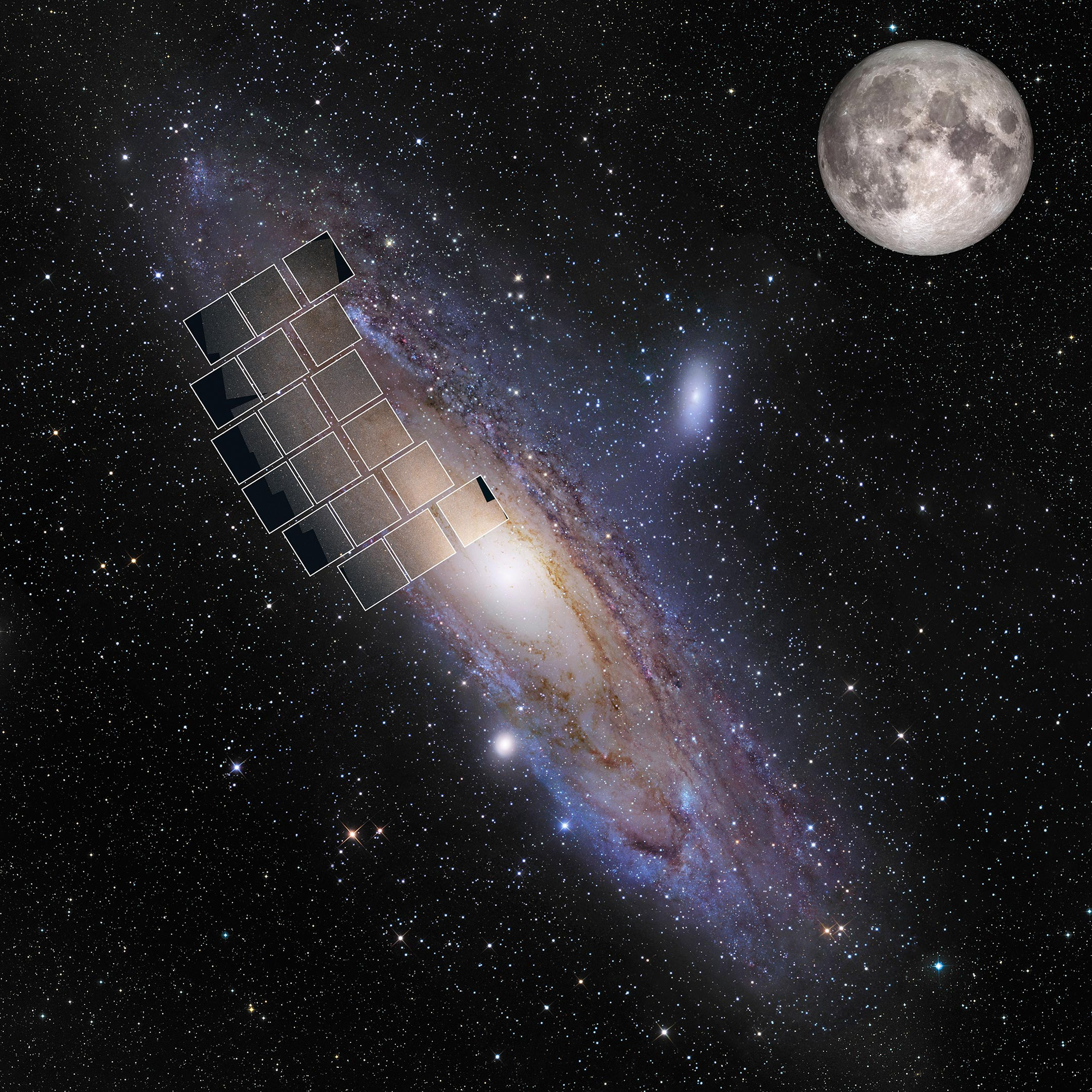
NASA's Nancy Grace Roman Space Telescope, set to launch by May 2027, aims to unveil dark matter by closely examining star streams in the Andromeda Galaxy. These streams, which are elongated groups of stars, sometimes show gaps that are likely caused by interactions with dark matter.
The Roman Telescope's superior imaging capabilities, which surpass those of the Hubble Space Telescope, will allow for detailed observations of these star streams. By analyzing the gaps within these streams, researchers hope to determine the properties of dark matter, a mysterious substance that affects galaxy rotation but does not emit or reflect light.
Christian Aganze and Tjitske Starkenburg, who are leading this research, expect that the Roman Telescope will be able to detect individual stars within Andromeda, providing unprecedented clarity on star streams and potential dark matter signatures. This could reshape our understanding of the dark matter halos surrounding galaxies.
At the same time, complementary missions such as the European Space Agency's Euclid and the Vera C. Rubin Observatory will also contribute to this cosmic puzzle, enhancing our knowledge of dark matter's role in the universe.
Tools
AI-Driven Music Creation and Copyright Trading Platform
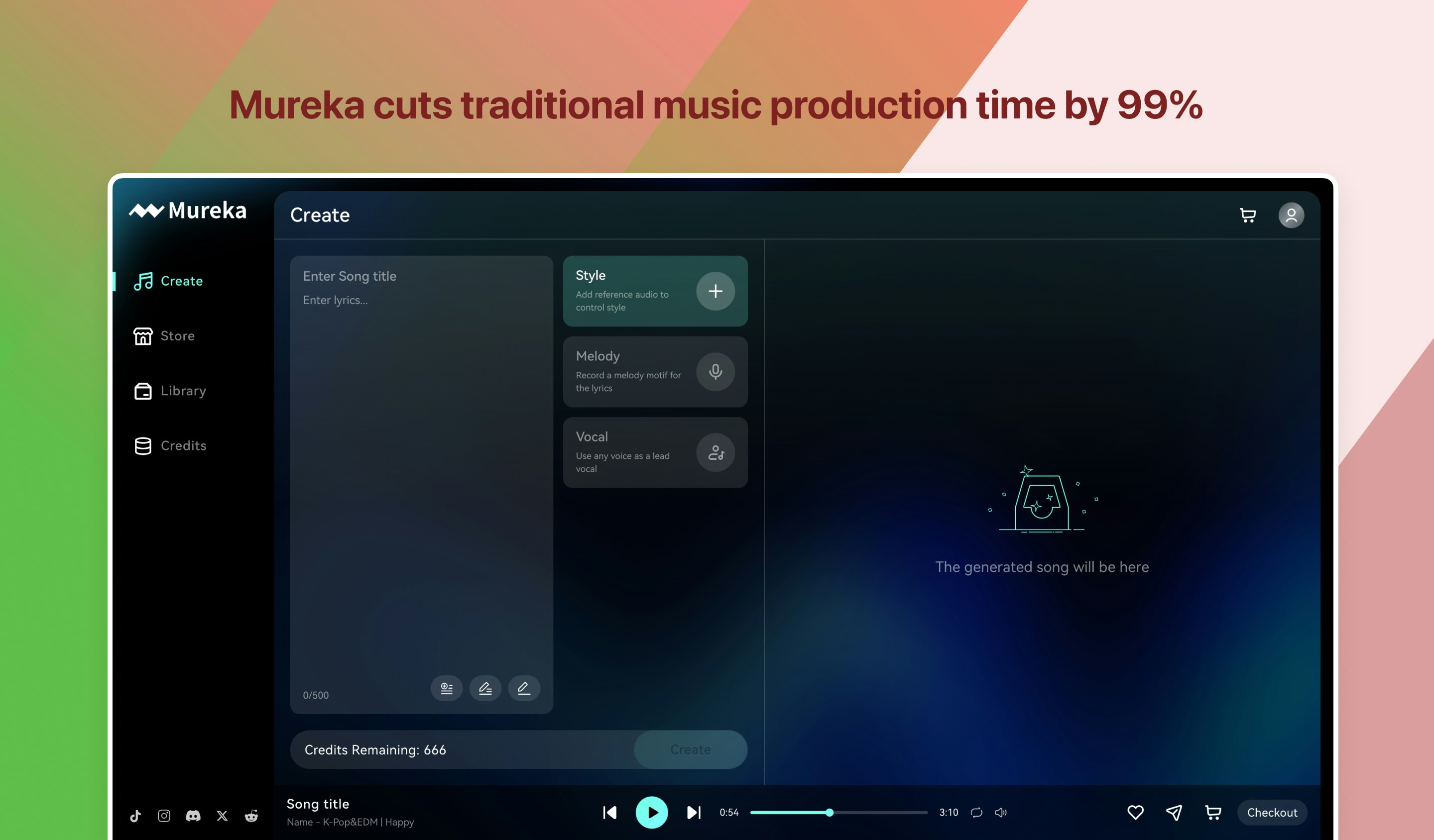
Mureka employs AI to facilitate music creation. It assists individuals in crafting, editing, and marketing their musical compositions. This technology democratizes music production for all.
AI music generation involves algorithms producing music. Copyright trading refers to the sale of rights to utilize music.
AI-Powered Image Editing Tool: Diffree
Diffree is an AI tool for image editing. Users can add elements like "add a golden retriever" via text commands. The AI integrates these elements seamlessly into images. No special skills required. Works with various image types and settings.
AI, or Artificial Intelligence, is technology enabling machines to perform tasks normally requiring human intelligence.
Streamlining 3D Data Preparation with RapidPipeline
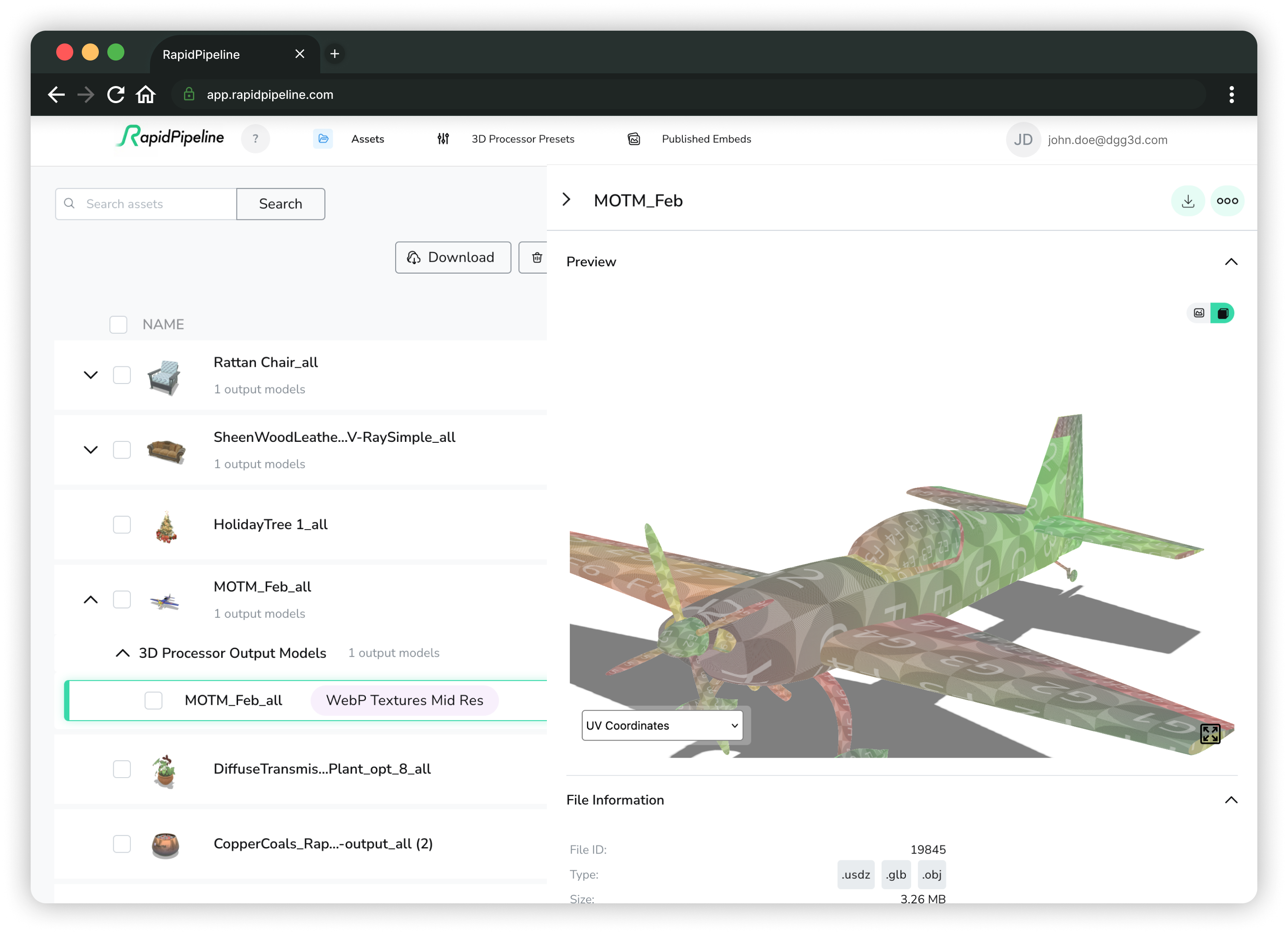
RapidPipeline streamlines 3D data preparation, making it as simple as ordering pizza. It assists artists in scaling up the preparation of 3D content. Backed by advanced technology and tested on over 4 million models, RapidPipeline automates the process, simplifying and accelerating 3D data prep.
AI-Powered Competitor Analysis Tool
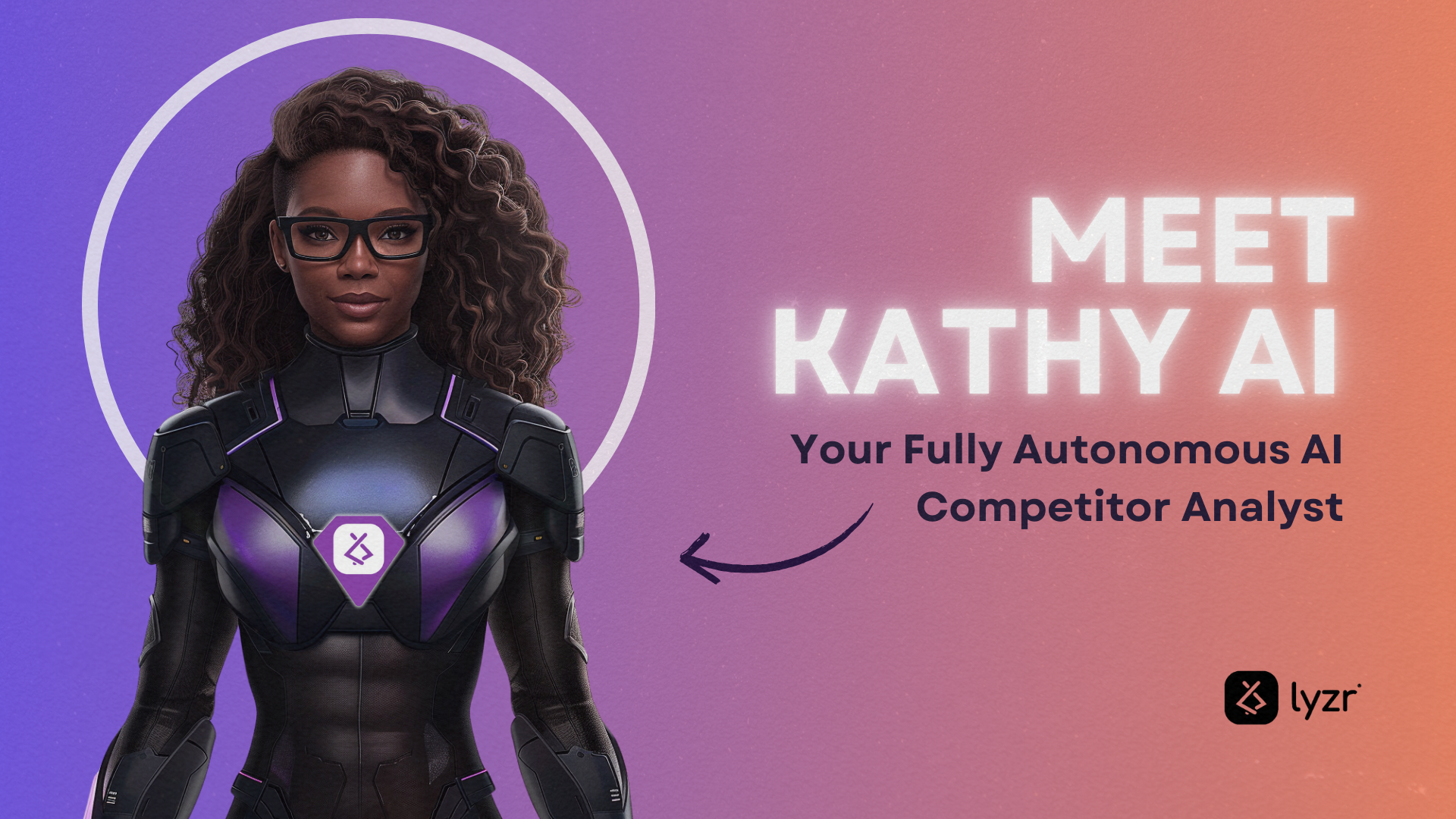
Kathy is an AI, functioning as a competitor analyst. She actively studies rivals, provides insights, creates reports, and develops strategies. She integrates effortlessly with your existing tools and workflow.
AI-powered: Operates using artificial intelligence. Autonomous: Functions independently, without human supervision. Competitor analyst: A system that examines and reports on business rivals.
Efficient AI-Powered Manga Translation Tool

AI Manga Translator:
- Converts manga to multiple languages.
- Keeps original page layout intact.
- Translates 20 manga at once, 20 times faster.
This tool accelerates translation, preserving manga's visual integrity. Beneficial for fans and translators.
AI-Powered No-Code App Creation from Ideas

Airtable-cobuilder utilizes AI to quickly convert ideas into customizable apps. Users articulate their concept in simple language; the AI builds the app. This no-code method circumvents traditional programming, rendering app creation intuitive and accessible.
No-code approach: A method where users do not write code. Instead, they express their requirements in common language, and specialized software converts this into operational applications.
Free AI Text-to-Speech Tool with Multilingual Support

LuvVoice is a free Text-to-Speech tool. It supports over 70 languages and 200 voices. There are no restrictions on text length, and it's easy to use. You can download as MP3 or play online. It's free.
Ideal for:
- Content creators
- Educators
- Writers
- Marketers
- Language learners
Text-to-Speech (TTS) converts written text into spoken audio.
Enhancing Rails Test Coverage with Usage-Weighted Insights
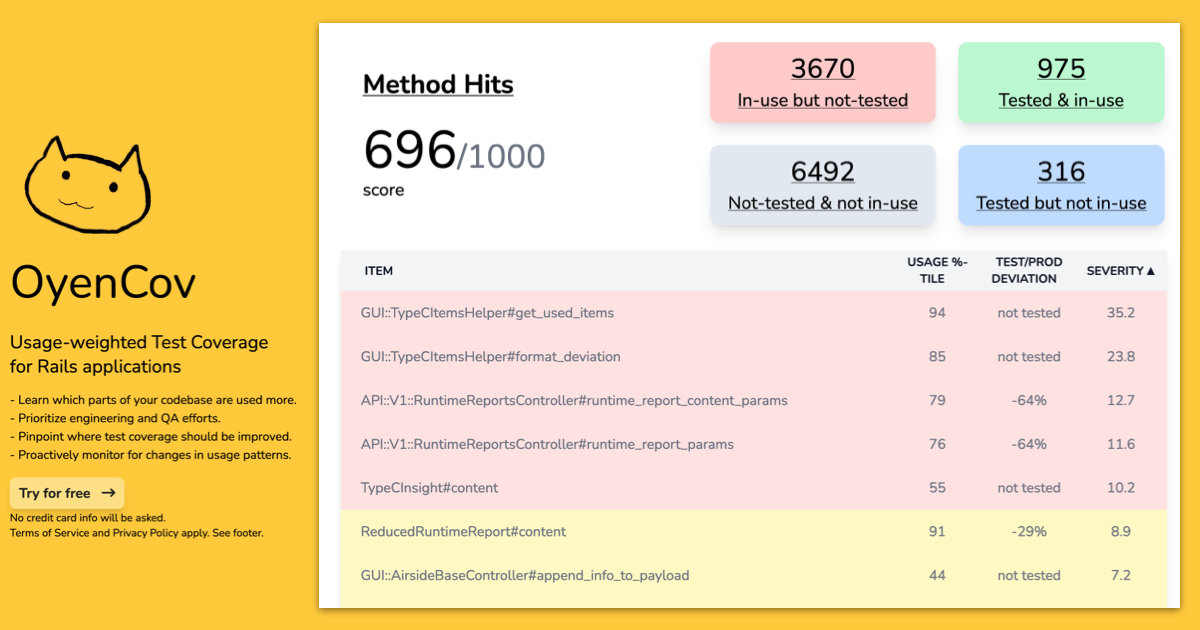
"oyencov" enhances Rails test coverage by monitoring code usage in both test environments and real-world scenarios. This dual profiling offers clear, practical guidance.
"CI test env" refers to Continuous Integration testing, where code is regularly checked for errors. "Production runtime" denotes the live, operational phase of software.
By integrating these insights, "oyencov" ensures code reliability and performance, guiding developers with precision.
Revolutionizing Tax and Accounting Precision

AI assistant ARTE outperforms human CPAs by 22% in tax and accounting tasks. It delivers precise answers and cites sources, making it ideal for financial assignments.
AI research assistant: A computer program designed to aid in research tasks, utilizing artificial intelligence to analyze and process information.
CPAs: Certified Public Accountants, licensed professionals who provide accounting services, including tax preparation and financial advice.
Advanced 3D Medical Imaging: Bridging Normal Anatomy with Pathological Insights
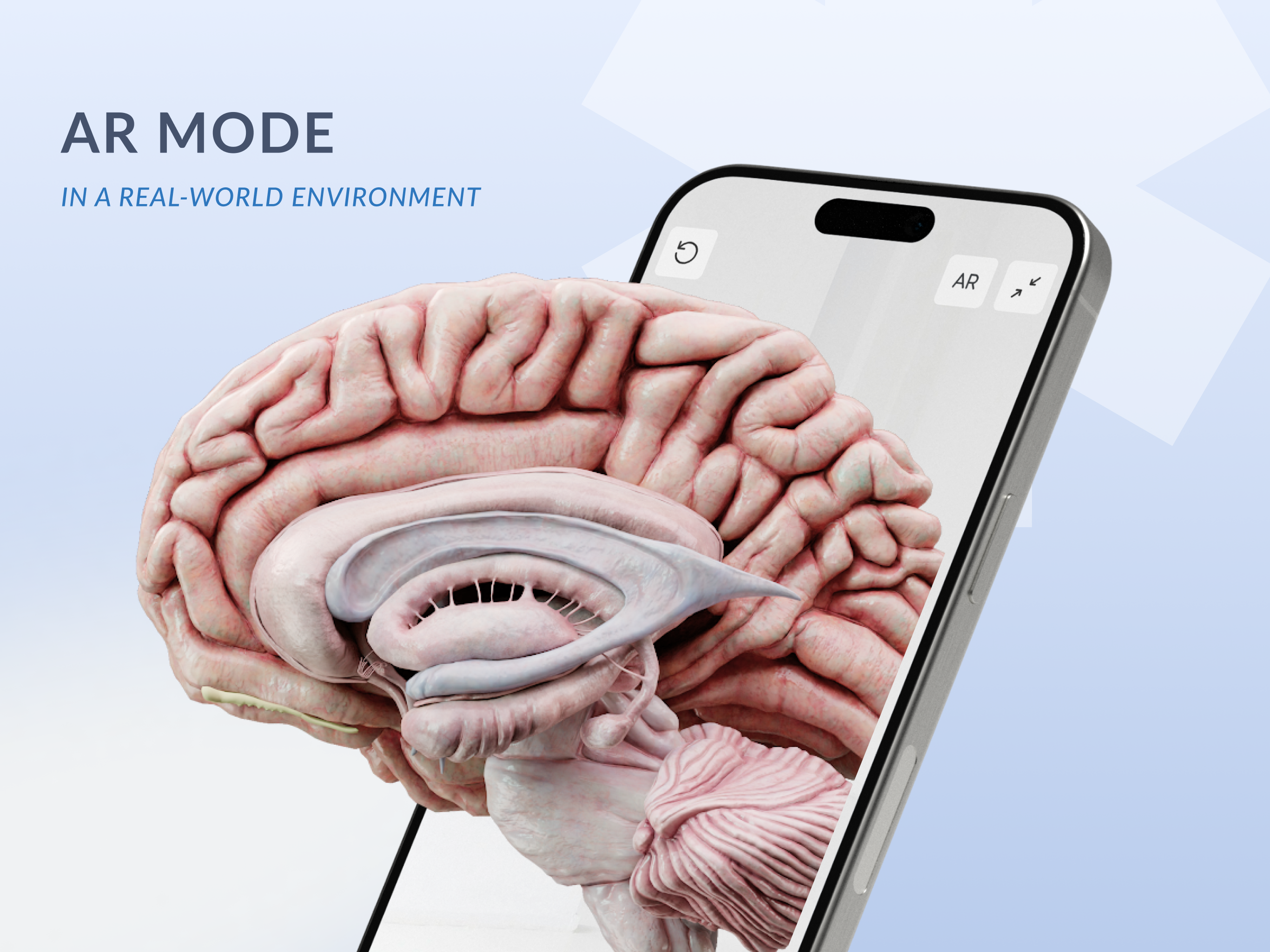
VOKA Pathology 3D: a tool for medical education. It generates precise 3D models from CT/MRI scans. Useful for students, professors, and doctors. The catalog includes both normal anatomy and pathological details. Enhances learning and teaching.
CT/MRI: Imaging techniques. CT uses X-rays, MRI uses magnetic fields. Both create detailed images of the body.
Resource
Twitter: Marc Lou
Re Everything I learned as a solopreneur: How to find startup ideas, launch fast, and get profitable ↓ https://marclou.beehiiv.com/
Twitter: Jason Cohen
Innovators Solution is the sequel to Innovators Dilemma, and if you only read one of them, read that one. Tons of actionable advice, including the original exposition of the JTBD framework.
Twitter: 知识分享官
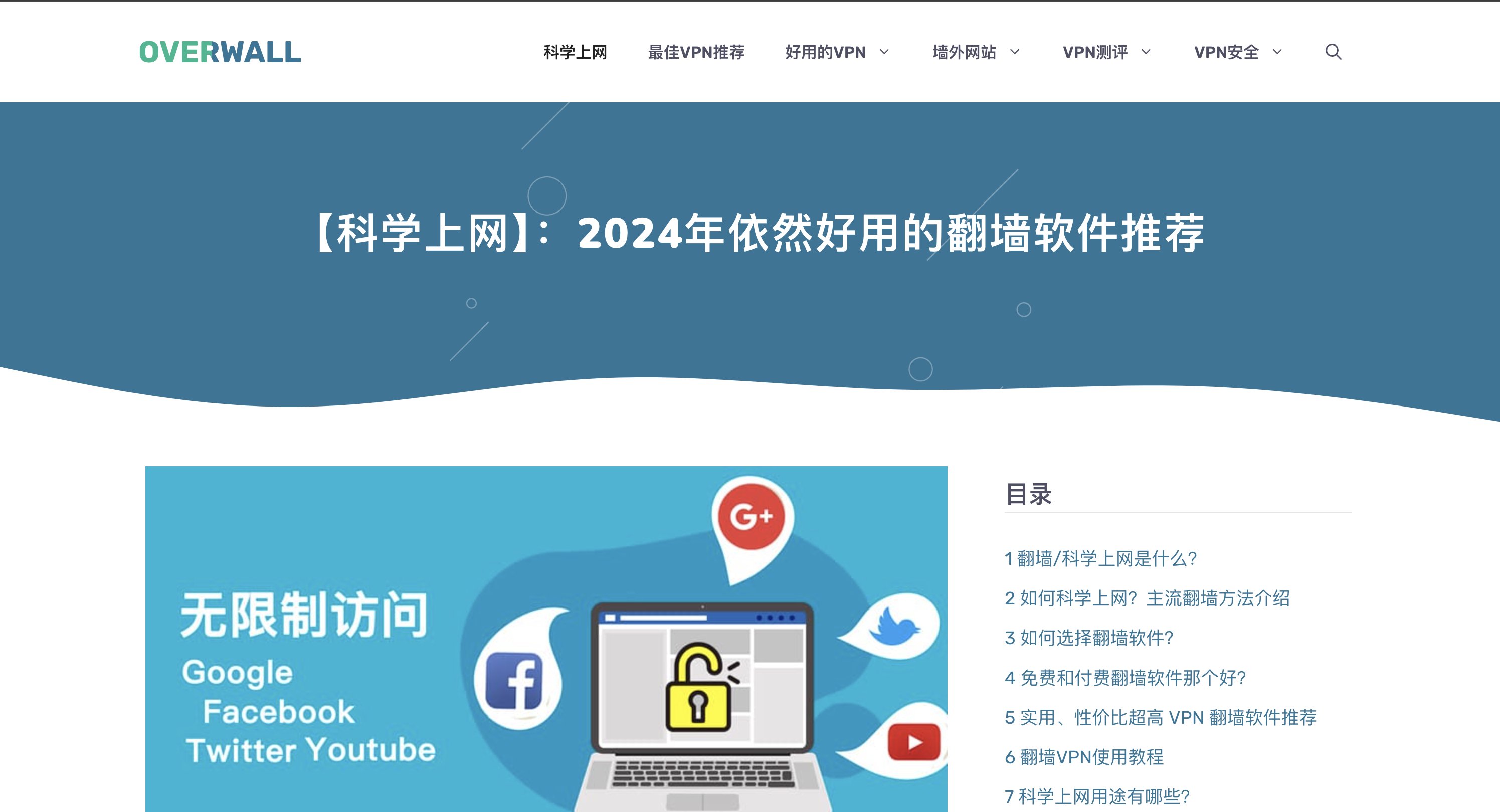
While browsing aimlessly online, I stumbled upon a treasure trove of a website dedicated to educating users on various aspects of internet censorship circumvention. The content is meticulously crafted and up-to-date, covering basic tutorials for the Tor browser, methods to hide your IP address, accessing the dark web, and an overview of different VPN protocols, along with comprehensive VPN reviews, and more. It's definitely worth a look! 🔗: https://overwallvpn.com/
Twitter: Bindu Reddy
You can literally follow along and build an LLM—how cool is this! https://github.com/rasbt/LLMs-from-scratch/blob/main/ch07/04_preference-tuning-with-dpo/create-preference-data-ollama.ipynb
Twitter: 知识分享官
Practical Website Recommendation: ExplainThis is a platform dedicated to providing interview questions and detailed explanations for software engineers and job seekers. It covers a wide range of front-end and back-end interview question banks, as well as in-depth detailed explanations, along with sharing of interview experiences, tips, and strategies. It also offers career advice and resources, various informational content, and navigation and usage tutorials for various AI tools. Link: https://www.explainthis.io/zh-hans
Twitter: 知识分享官
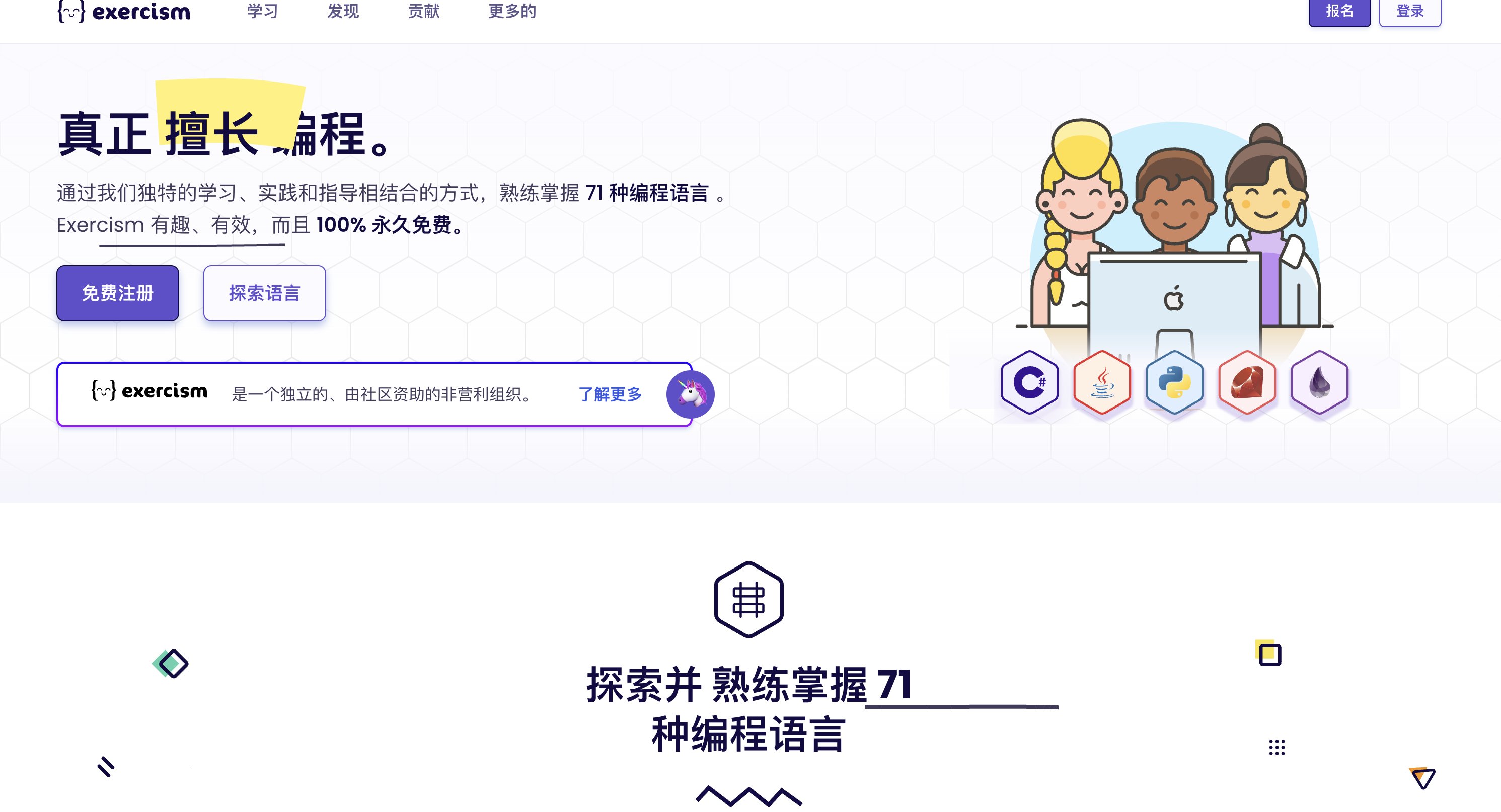
I've found another website for learning programming online, offering a rich and completely free selection of over 71 programming languages to choose from. The content is predominantly interactive teaching and guidance, reinforced through small games and exercises to solidify your programming knowledge. It also provides features to track and receive feedback on your personal learning progress. The downside is that the website does not support Chinese, but it can still be managed with a translation plugin. Link: https://exercism.org/…